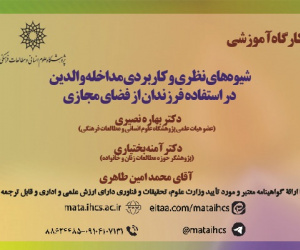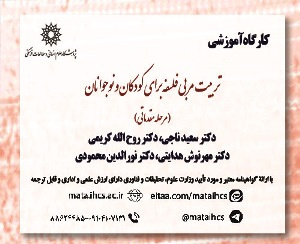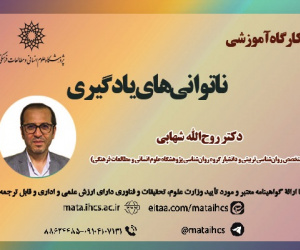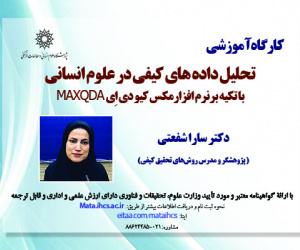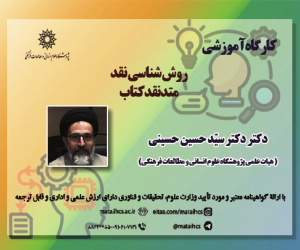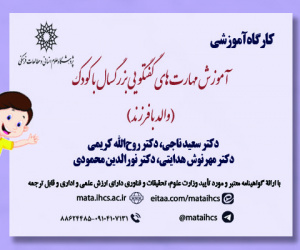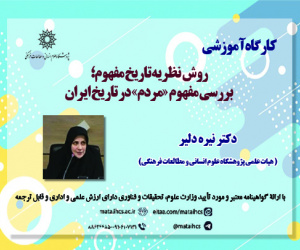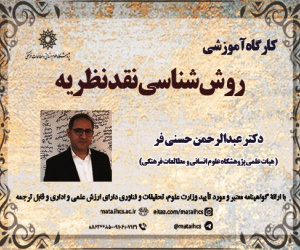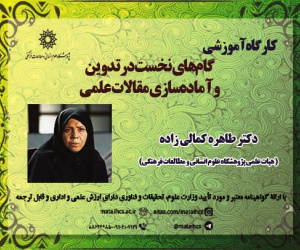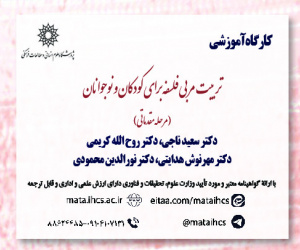ساختار جنسیت و مردانگی در ادبیات شفاهی (مقاله علمی وزارت علوم)
درجه علمی: نشریه علمی (وزارت علوم)
آرشیو
چکیده
در راستای شناخت مؤلفه های مردانگی مرد ایرانی و به عنوان حوزه ای از مطالعات مردان، می توان به فرهنگ شفاهی و مثل ها پرداخت. مطالعات مردان یکی از حوزه های نوظهور مطالعات جامعه شناسی و جنسیت است که در جهت شناخت بیشتر مردان و بررسی رفتار، انتظارات، انتسابات و هویت ذاتی مردانه گام مؤثری برداشته است. بررسی مثل ها از آن جهت اهمیت دارد که پل ارتباطی میان محقق و فرهنگ عامه و شناخت هرچه بیشتر عقاید اعضای یک جامعه است. این پژوهش به شیوه کیفی و با استفاده از روش تحلیل محتوا انجام شده است. در این پژوهش 803 مثل با کلیدواژه های مرد، شوهر، برادر، دایی، عمو، پدر، پسر و داماد انتخاب و بررسی شدند. تحلیل محتوای مثل ها به تعداد هفتادوهشت زیرمؤلفه از ده مؤلفه کلی منجر شد و در نهایت با محوریت مؤلفه کلی «مردانگی به مثابه امر متناقض» به سرانجام رسید. امر متناقض مردانگی خصوصیاتی دارد که از جمله آن می توان به آغاز آن از وضعیتی غیرروشن اشاره کرد. ناروشنی و ابهام مردانگی به آن معناست که مشخص نیست از چه زمانی مردان به این صفات متصف شده اند و آیا زمانی بوده است که مردان رفتار مردانگی متفاوتی با زنان داشته باشند. وجه دوم مردانگی به عنوان امر متناقض تقابل و تخالف با زنان است. این مهم از آن جهت محل بررسی است که به چه دلیل و در چه فرایندی متفاوت بودن به معنای دوری حداکثری فهم است و درنهایت آنچه تفاوت فهم شده به تقابل تبدیل شده و برای آن شواهد متعددی نیز ارائه شده است.The Structure of Gender and Contradictory Masculinity in Oral Literature
It is feasible to investigate oral culture and proverbs in order to comprehend the elements of Iranian men's masculinity as a field of men's studies. Men's studies is a new, emerging discipline within the fields of sociology and gender studies that has made significant strides in the understanding of men, including their behavior, expectations, attributions, and inherent identity. It is crucial to analyze proverbs because they serve as a conduit between the researcher and popular culture, enabling the researcher to gain a comprehensive understanding of the societal members' perspectives. The content analysis method was employed to conduct this qualitative research. 803 proverbs were selected and analyzed in this study, with the following keywords: man, spouse, son-in-law, uncle, father, and son. The analysis of the content of proverbs resulted in seventy-eight sub-components out of ten general components. The centrality of the general component “Masculinity as a contradictory phenomenon” was ultimately determined. The paradoxical issue of masculinity originates from an unclear situation that means that it is unclear when men have been characterized by these traits and whether there has ever been a time when men exhibited distinct masculinity behavior. The second facet of masculinity as a contradictory entity is the opposition and conflict with women. It is the site of investigation into the reasons and processes that result in a divergent and contradictory understanding, ultimately resulting in an opposition. Consequently, numerous evidences have been presented

